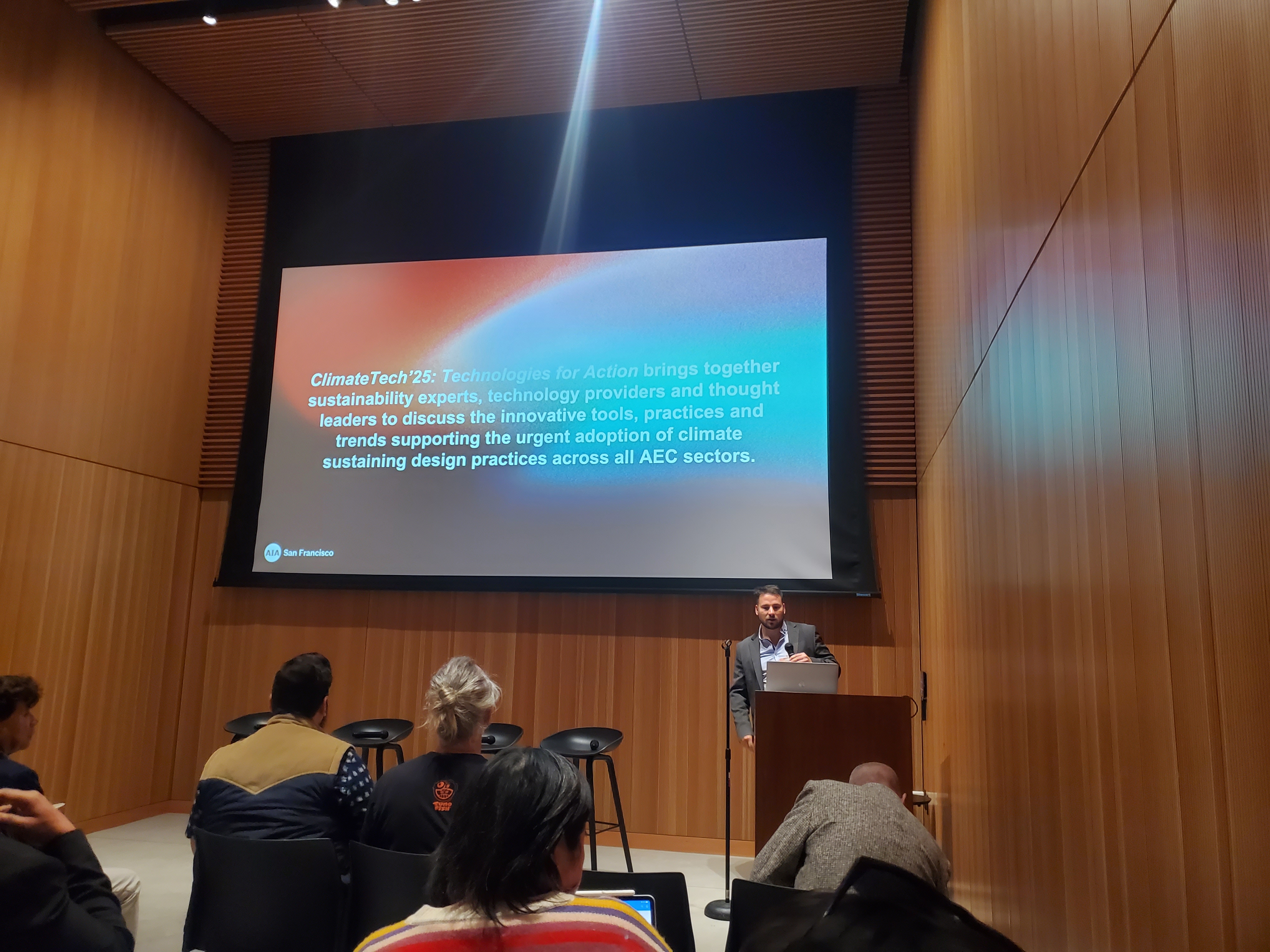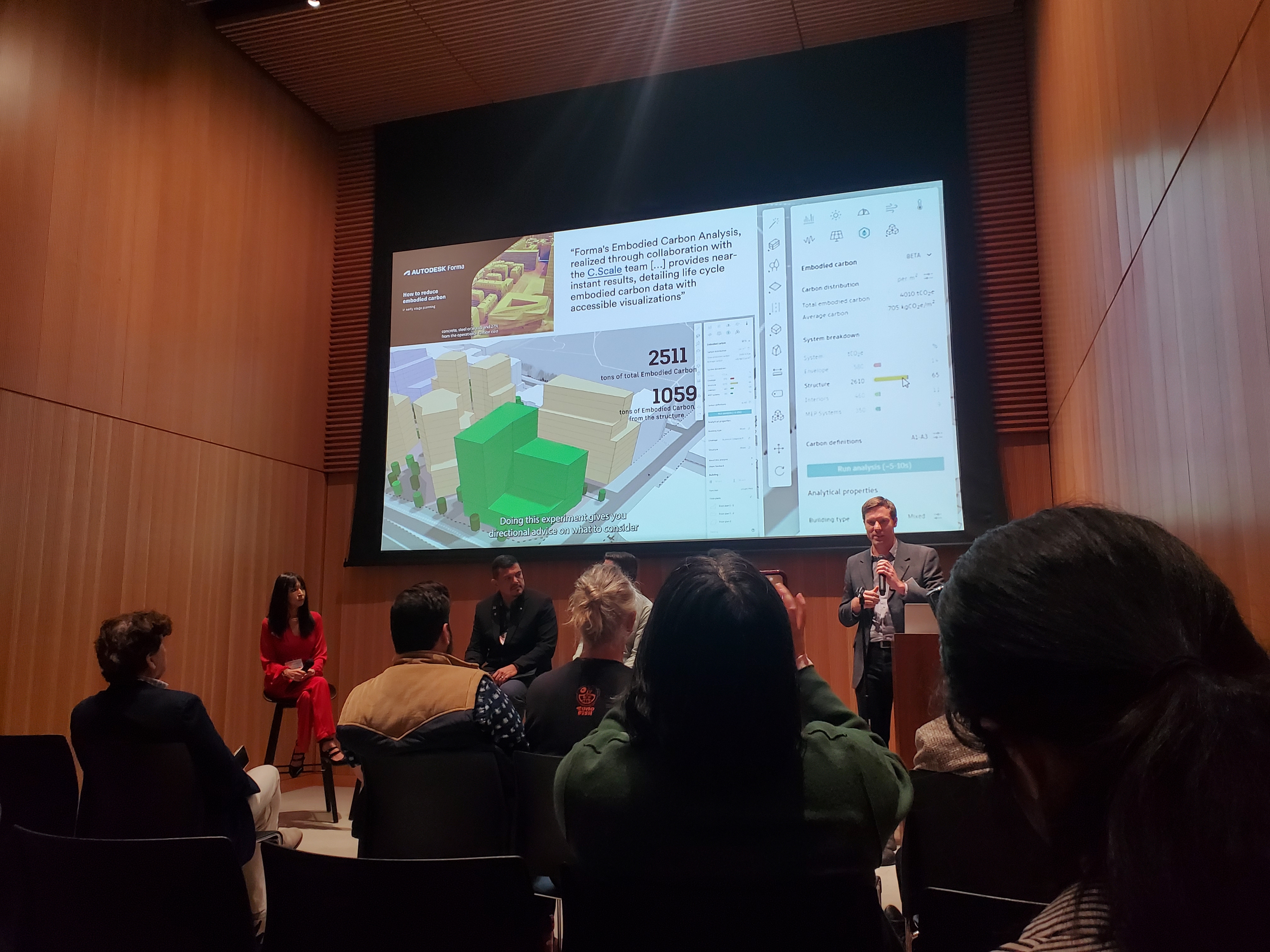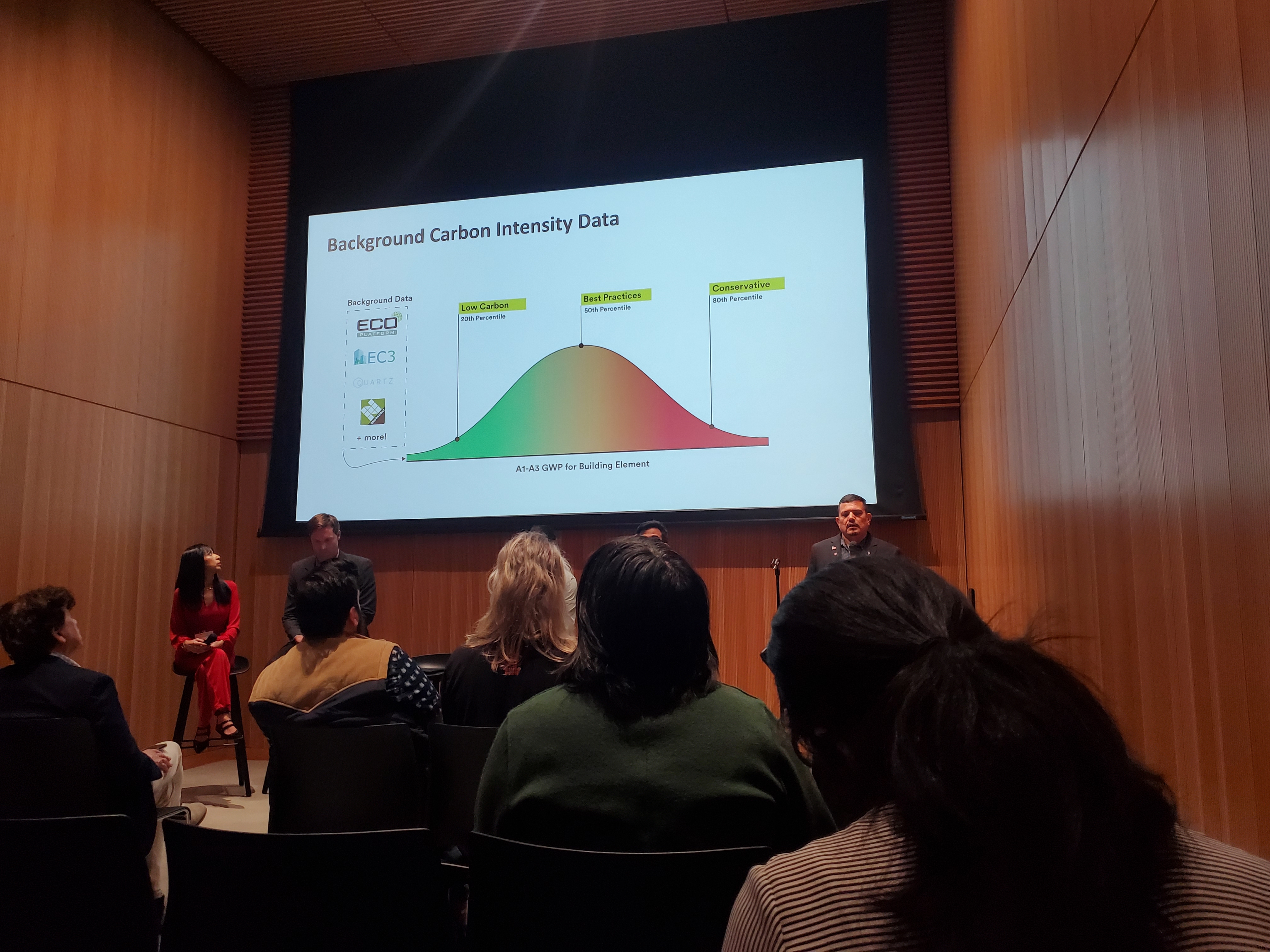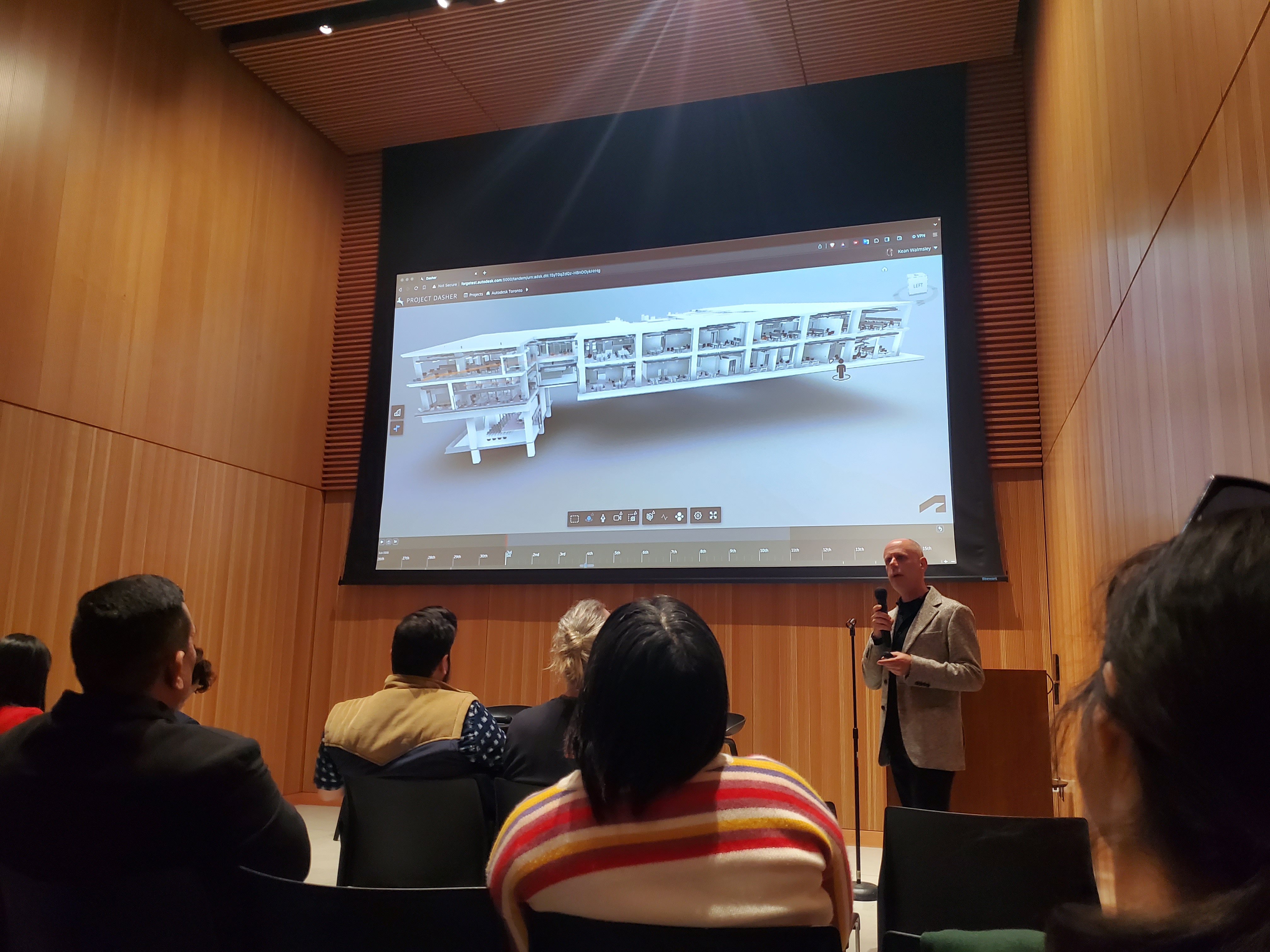What SBI learned from the AIA ClimateTech '25 Conference
The AIA ClimateTech 2025 conference provided a compelling glimpse into the future of sustainable design and construction. The key takeaways from this event suggest that the industry is undergoing a transformative shift, one where emerging technologies, innovative materials, and a renewed focus on circularity are converging to tackle the pressing challenge of climate change.
One of the most striking themes that emerged was the role of artificial intelligence (AI) in augmenting the creative process of design. As Mike Haley of Autodesk noted, AI has the potential to provide an "abundance of creativity" by redefining the fundamental user interface between humans and computers. Tools like Autodesk's "Bernini" 3D sketcher demonstrate how AI can generate a wide range of design options based on simple, intuitive sketches, empowering designers to explore more possibilities in less time. The incorporation of human "tranquility, social, and explorative" physical interactions within buildings is Autodesk's start to tie practical uses of buildings with human needs and transitioning away from solely focusing on meeting compliances/regulations to a new approach of "functional modeling".
Another striking presentation was from Sean Quinn of HOK, as he has a similar notion but demonstrated via the fusion of the biological ecosystem with the department of general services. Using a natural habitat along with another conventional building as 2 references is a study design that other should reference more often as it manifests the goal of developing more outstanding key performance indicators that mimics a literal green environment.
The AIA ClimateTech 2025 conference primarily focused on life cycle assessment (LCA) during the design stages. In the future this focus can expand to include the entire life cycle, from construction and operations to end-of-life and circular economy stages, along with emerging frameworks, such as the global push for mandatory GHG reporting.
The panels on carbon accounting and climate codes also highlighted the growing importance of quantifying and managing the environmental impact of buildings. Experts from firms like Gensler, Autodesk, and Building Transparency discussed the need for more accessible, user-friendly tools to integrate carbon calculations into the design workflow. The emphasis on collaboration, data transparency, and embedding sustainability metrics into early-stage decision-making is a clear sign that the industry is moving towards a more holistic, performance-driven approach to design.
Furthermore, the discussions on climate tech in the office and material circularity underscored the industry's commitment to practical, real-world solutions. Firms like Feldman Architecture and hb+a architects shared their experiences in adopting tools and frameworks to track embodied carbon, optimize energy performance, and explore reuse/recycling strategies. These case studies demonstrated that sustainable design is not just a theoretical exercise, but an achievable goal that can be embedded into the DNA of a project.
The overall tone of the conference was one of optimism and urgency. While the challenges are formidable, the industry appears to unite around a shared vision of a more sustainable built environment. As the ever-growing complexity of compliances, standards, and regulations grow, it indisputably fuels the advocacy for more open-source and community-based tools. The valiant notion to streamline and assimilate more roles into conventional construction project teams is not only inspirational; the resonances that radiate at AIA ClimateTech2025 for a better future is the very essence of why everyone is passionate, from contractors to KOLs alike. By starting with low carbon, fusing developing materials, setting novel standards for performance/workflow/design/biodiversity-inclusive standards, it is not an understatement to say that architecture and construction is aiming higher than mere sustainability, but for a thriving eco-prosperity that aligns with SBI's vision. The convergence of technological innovation, policy initiatives, and a growing culture of environmental stewardship is just the beginning of a larger transformation that will shape the future of architecture and construction.








